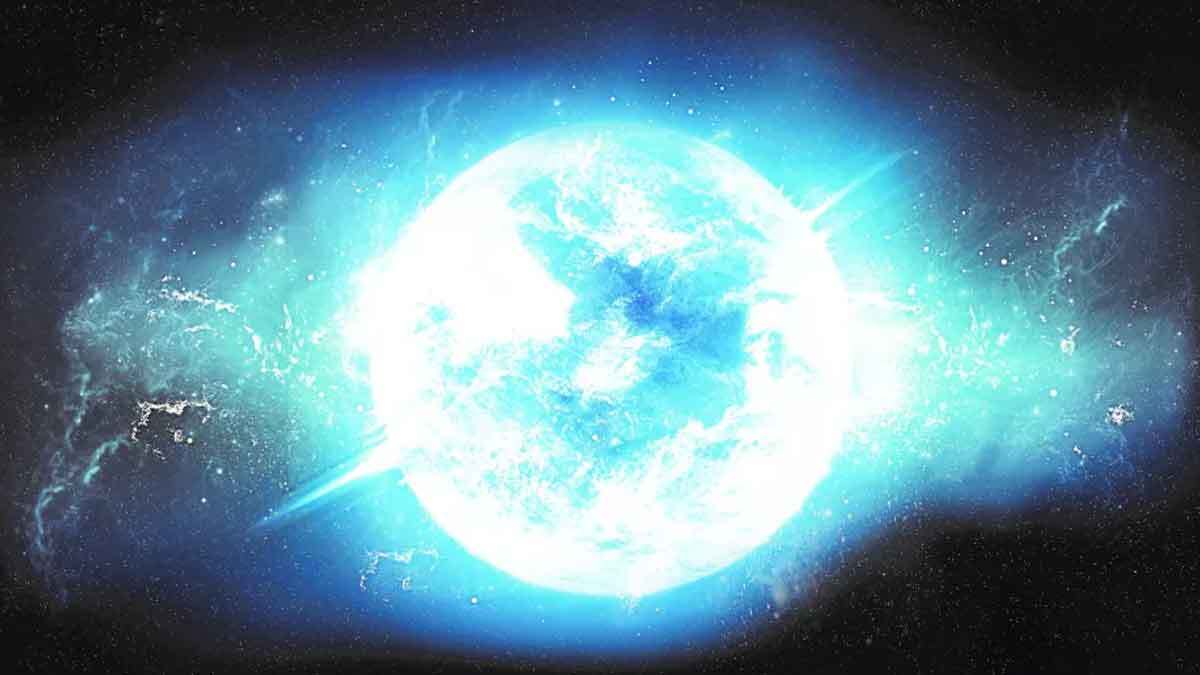Just In
- 6 hrs ago

- 7 hrs ago

- 8 hrs ago

- 8 hrs ago

Don't Miss
- News
 PM Modi Praises Cricketer Mohammed Shami In Election Rally In UP's Amroha
PM Modi Praises Cricketer Mohammed Shami In Election Rally In UP's Amroha - Sports
 Pakistan vs New Zealand Playing 11: PAK vs NZ 2nd T20I Team News, Predicted Lineup And Other Details
Pakistan vs New Zealand Playing 11: PAK vs NZ 2nd T20I Team News, Predicted Lineup And Other Details - Education
 Exam Pressure Does Not Exist; Studying Punctually is Crucial; Says Aditi, the PSEB 2024 Topper
Exam Pressure Does Not Exist; Studying Punctually is Crucial; Says Aditi, the PSEB 2024 Topper - Movies
 When Karan Johar Revealed Sara Ali Khan And Janhvi Kapoor Once Dated Siblings On KWK 7, Guess Who?
When Karan Johar Revealed Sara Ali Khan And Janhvi Kapoor Once Dated Siblings On KWK 7, Guess Who? - Finance
 Reliance, ONGC, Tata, Adanis: Energy Stocks Didn't Get The Memo Of Bears, Up 12% In 30-Days; 10 Stocks To BUY
Reliance, ONGC, Tata, Adanis: Energy Stocks Didn't Get The Memo Of Bears, Up 12% In 30-Days; 10 Stocks To BUY - Lifestyle
 Met Gala 2024: Date, Theme, Venue, Guest List, All You Need To Know About The Fashion Event
Met Gala 2024: Date, Theme, Venue, Guest List, All You Need To Know About The Fashion Event - Automobiles
 Suzuki Swift Hatchback Scores 4 Star Safety Rating At JNCAP – ADAS, New Engine & More
Suzuki Swift Hatchback Scores 4 Star Safety Rating At JNCAP – ADAS, New Engine & More - Travel
 Journey From Delhi To Ooty: Top Transport Options And Attractions
Journey From Delhi To Ooty: Top Transport Options And Attractions
Scientists Discover Remnants Of A Destroyed Solar System

Scientists have discovered something very horrifying in the cosmos -- a star system like our own, except that all that’s left are the ancient remnants of those worlds. The star at the center of the now destroyed solar system is designated WDJ2147-4035 and is described as a white dwarf in a new study published in the Monthly Notices of the Royal Astronomical Society.
Astronomers found this wreckage just 90 light-years away from our planet. White dwarfs are the end state of most stars in the cosmos after they run out of all the burning fuel. Interestingly, our Sun is also predicted to be a white dwarf at the end of its life.
10.7 Billion Years Old Star System
"We're finding the oldest stellar remnants in the Milky Way that are polluted by once Earth-like planets," said Abbigail Elms, lead author of the study. "It's amazing to think that this happened on the scale of ten billion years and that those planets died way before the Earth was even formed."
The team of astronomers leveraged the Dark Energy Survey, the European Southern Observatory's X-shooter instrument on the Very Large Telescope, and spectroscopic and photometric data from Gaia to calculate that the start system is roughly 10.7 billion years old, and has been cooling off for the past 10.2 billion years.
The data also enables the team to determine the composition of the cold star. They found lithium, potassium, sodium, and possibly even carbon.
Similar Composition To Earth
The astronomers analyzed another white dwarf, WDJ1922+0233. Interestingly, the team found that the star comprises materials that have a similar composition to our planet’s continental crust.
"These metal-polluted stars show that Earth isn't unique, there are other planetary systems out there with planetary bodies similar to the Earth," Elms explained.
The analysis from both white dwarfs offers a compelling look at how rocky planets were formed in the ancient days of the universe when metals weren’t present in abundance. Most importantly, it gives us a glimpse of our solar system’s fate.
Our Closest Black Hole
A team of scientists has found the closest black hole to our solar system. It is said to be ten times bigger than our Sun and is situated around 1,600 light-years away in the constellation Ophiuchus.
The previous closest black hole to Earth was found 3,000 light years away. The team suggests that it is an inactive black hole and lies in the GAIA BH1 star system.
-
99,999
-
1,29,999
-
69,999
-
41,999
-
64,999
-
99,999
-
29,999
-
63,999
-
39,999
-
1,56,900
-
79,900
-
1,39,900
-
1,29,900
-
65,900
-
1,56,900
-
1,30,990
-
76,990
-
16,499
-
30,700
-
12,999
-
62,425
-
1,15,909
-
93,635
-
75,804
-
9,999
-
11,999
-
3,999
-
2,500
-
3,599
-
8,893












































